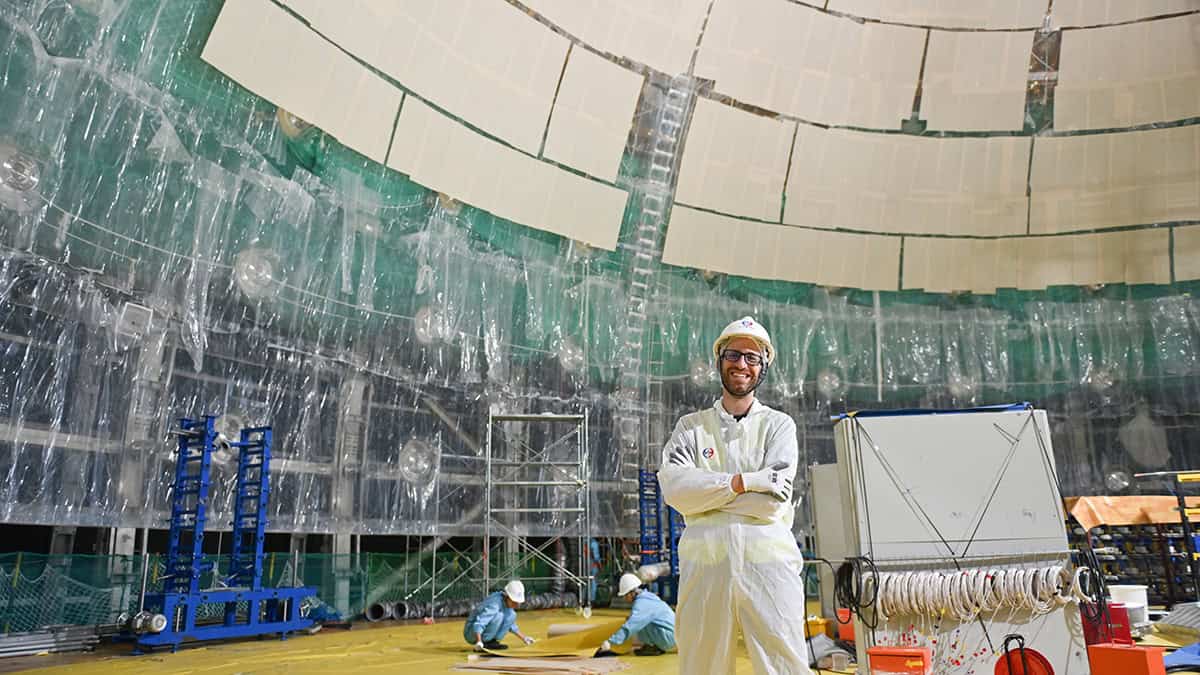A 190-feet wide asteroid is going to approach Earth soon and NASA has already announced its approach. To give you some perspective, the asteroid is larger than the Colosseum (157 feet) situated in Rome. According to the space agency, the asteroid will make its closest approach to our planet on Wednesday, June 8. It isn’t uncommon for asteroids to closely pass by Earth. Earlier on Monday, a 160-feet asteroid had a close approach to Earth. However, the upcoming asteroid is raising eyebrows. An asteroid this large may have some palpable effect on our planet when it approaches on Wednesday.
NASA has labelled the asteroid 2022 KV1 to be a ‘near-Earth object‘ (NEO). This category of asteroids can pose a threat to Earth and is constantly monitored by NASA. The asteroid‘s closest approach to the Earth will be at a distance of 2,660,000 miles/hour.
The Jet Propulsion Laboratory of NASA has revealed more details about the asteroid. This asteroid was first discovered in 2022, as suggested by the name. There is no previous data, which indicates that this asteroid has never been observed close to the Earth.
On its website, the Jet Propulsion Laboratory also listed the “Next Five Asteroid Approaches”, which includes 2022 KV1.
According to the space agency, the asteroid is expected to make a safe passage and is not likely to impact on the planet.
The monitoring is being undertaken by the Planetary Defense Coordination Office (PDCO) of NASA.
Researchers cannot yet predict the pattern of the path that this asteroid will follow. This is because of the fact that it will approach Earth for the first time. NASA hasn’t yet observed strange movements in the asteroid since its discovery this year. But the space rock has exhibited an unusual orbit.
At its perihelion, it moves between the orbits of Earth and Venus. Whereas, at its aphelion, the asteroid goes as far as Jupiter. That’s why scientists are cautiously monitoring the asteroid. No risks or threats have been detected from the asteroid till now. But a slight change in its path can cause a huge impact on Earth.





